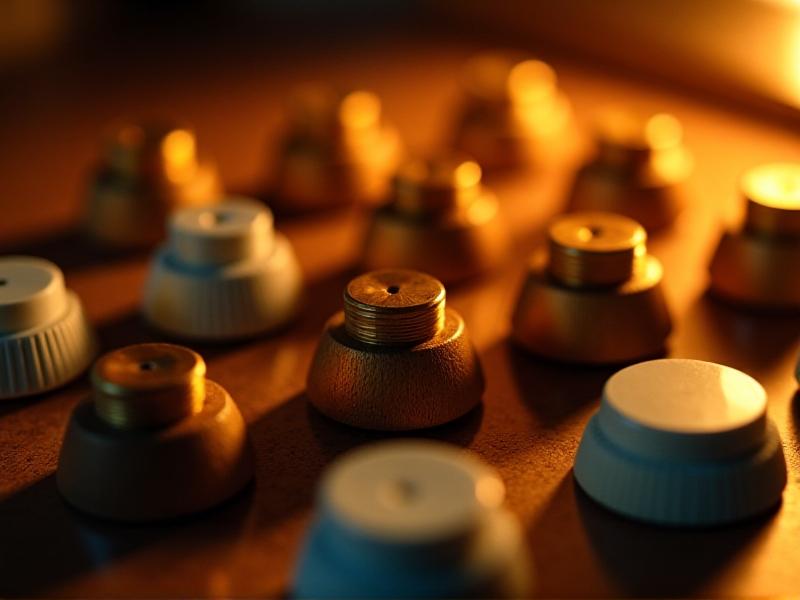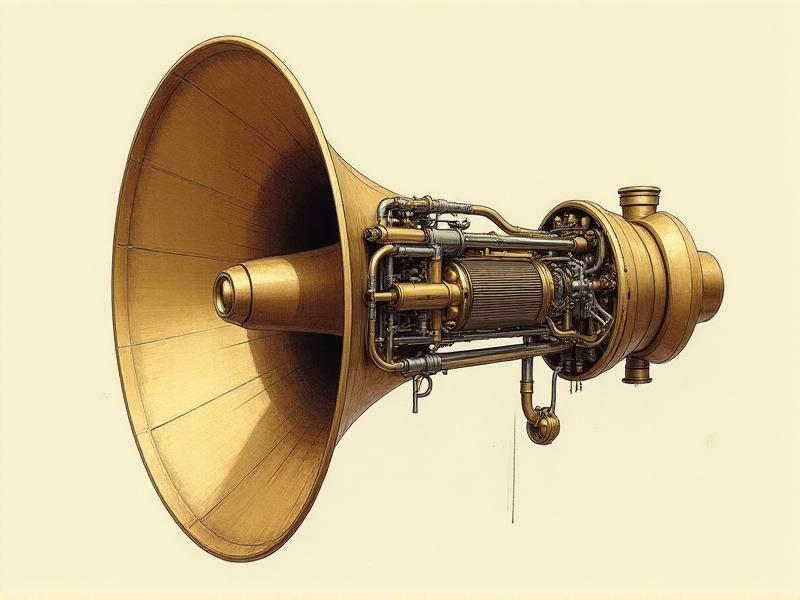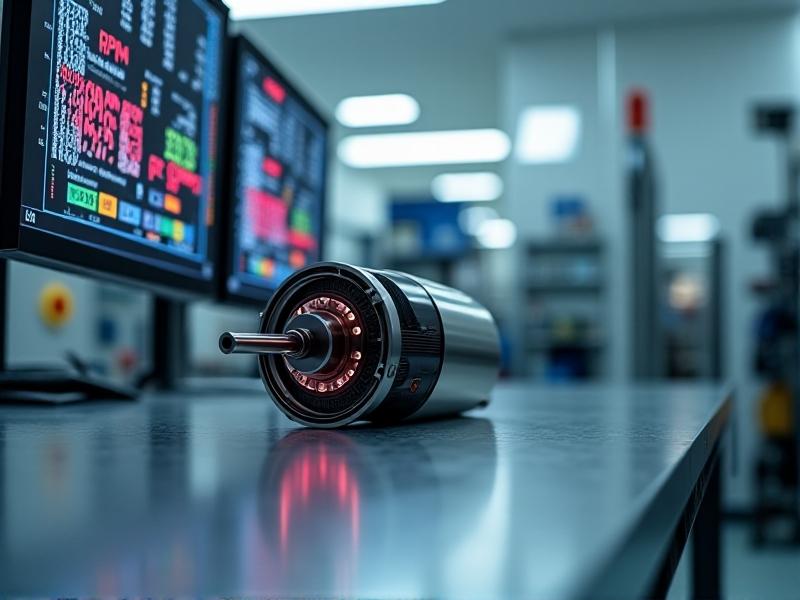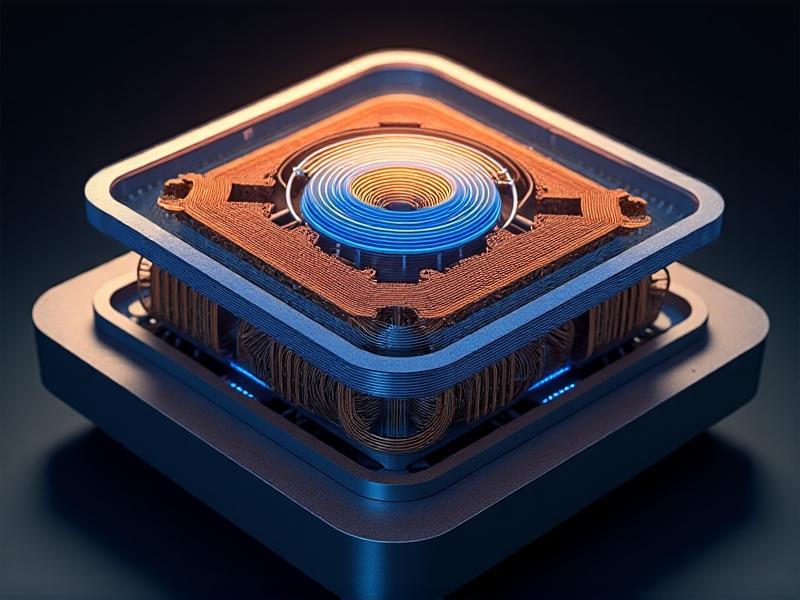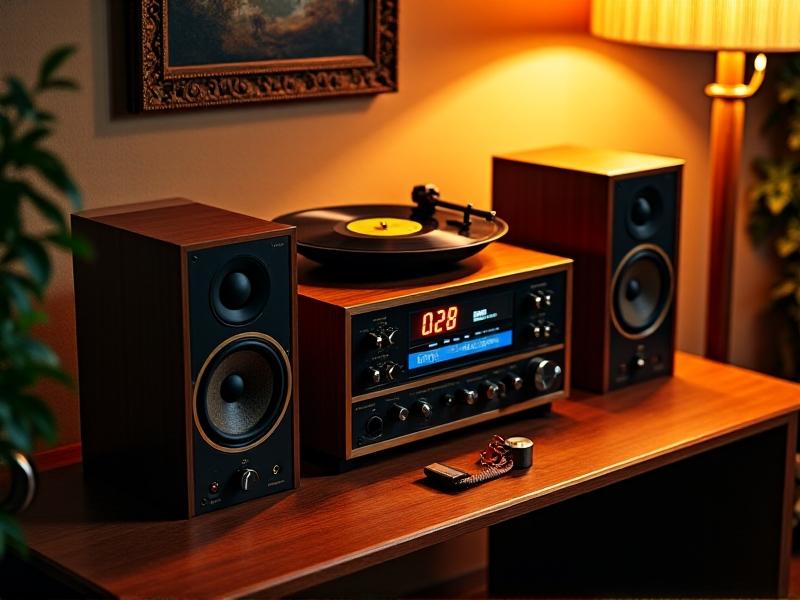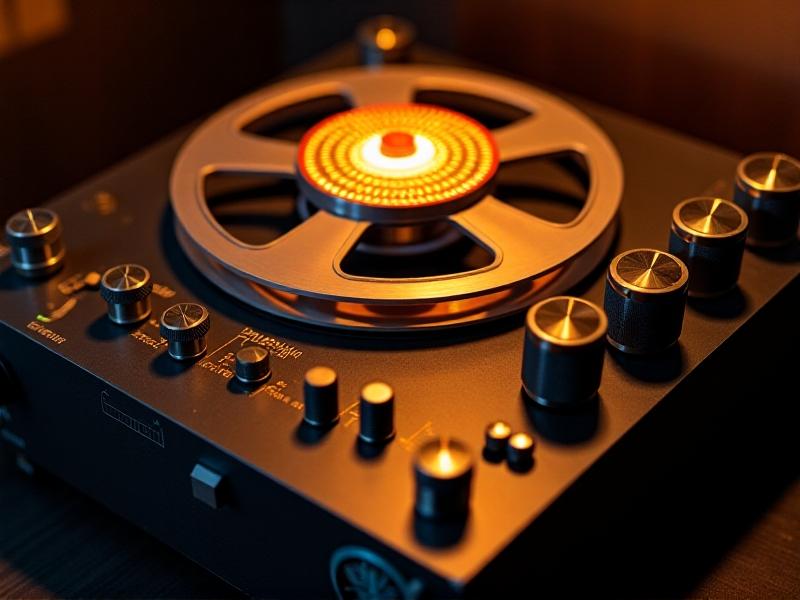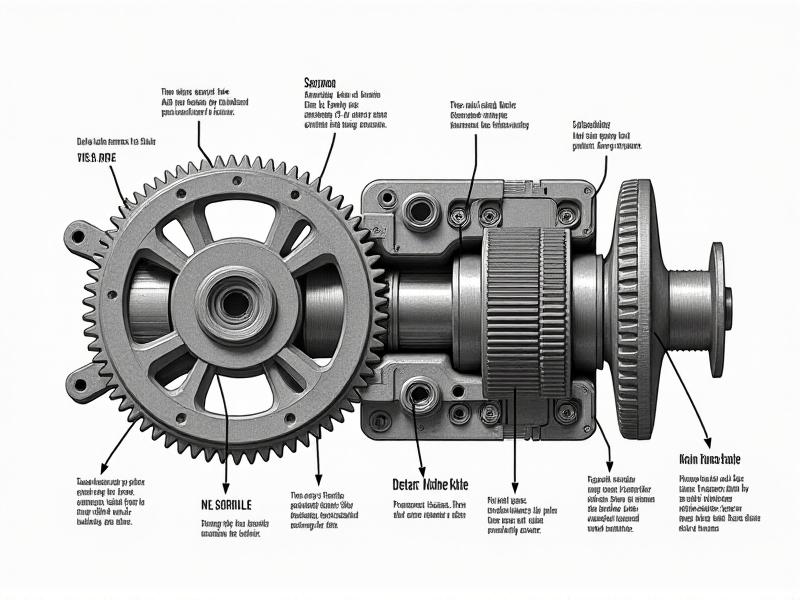Ground Loop Hum Elimination Strategies
Understanding Ground Loop Hum: The Invisible Audio Saboteur
Ground loop hum is a low-frequency buzz or hum that plagues audio systems, caused by multiple ground paths creating unwanted current flow. This electrical interference often occurs when devices are connected to different ground potentials, forming a loop that picks up ambient electromagnetic noise. The result? A persistent, irritating background noise that degrades audio quality in home studios, live sound setups, and even consumer-grade stereo systems. Recognizing this issue is the first step toward achieving crystal-clear sound.
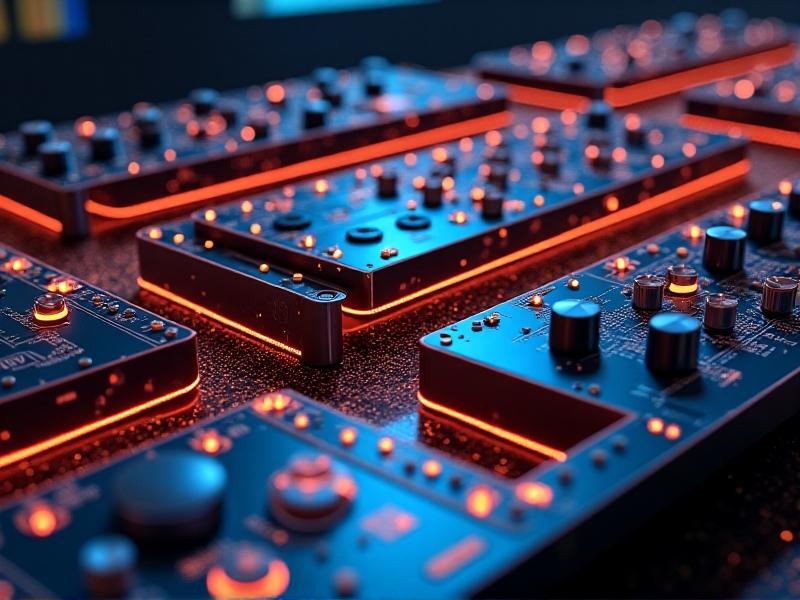
Identifying Ground Loop Noise in Your System
Diagnosing ground loop hum involves systematic elimination. Start by disconnecting all audio cables except the essential components. If the hum persists, try powering devices from a single outlet. Use a ground loop tester or multimeter to check voltage differences between equipment chassis. Common culprits include improperly shielded cables, mixing consoles with conflicting ground paths, and HVAC systems sharing circuits. A 60Hz (or 50Hz in Europe) frequency in the noise typically confirms ground loop issues.
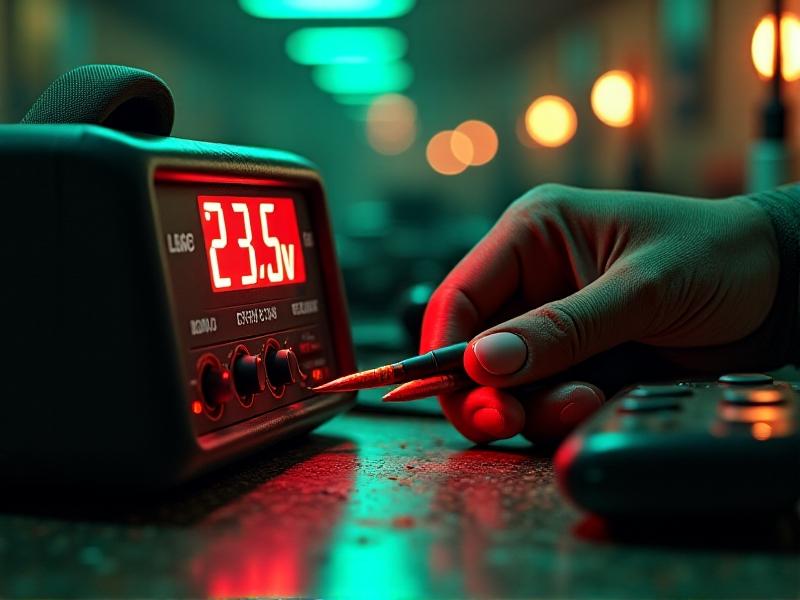
Star Grounding: Organizing Your Electrical Foundation
Implement star grounding by connecting all equipment grounds to a single central point, typically the main audio interface or mixer. This method eliminates multiple ground paths, creating a unified reference point that prevents current differentials. Use heavy-gauge copper wire for ground buses in rack installations, and ensure all connections are tight. Pro tip: Separate signal grounds from chassis grounds for sensitive equipment to maintain noise rejection while ensuring electrical safety.
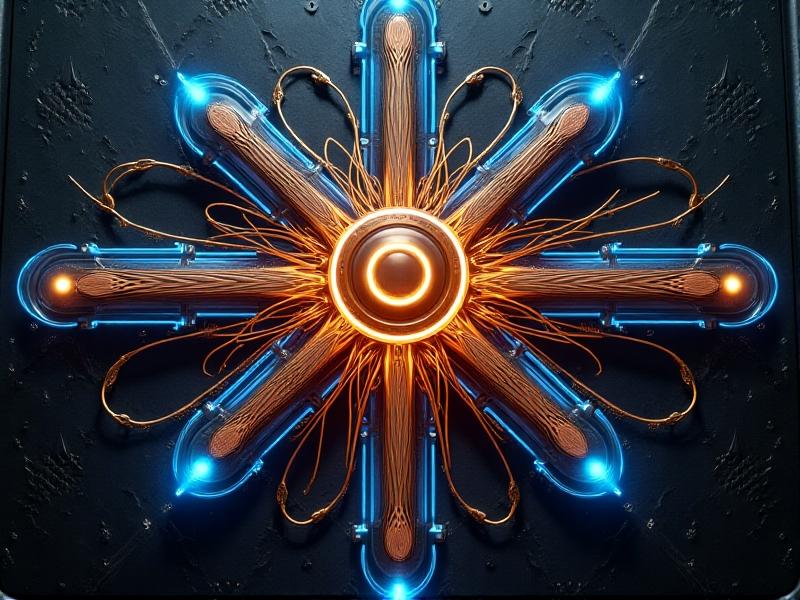
The Magic of Isolation Transformers and DI Boxes
Isolation transformers break ground loops by magnetically coupling audio signals without electrical continuity. Insert these between problematic components like DVD players and AV receivers. For instrument-level signals, direct injection (DI) boxes with ground lift switches provide similar benefits. High-end models offer selectable impedance matching – crucial when connecting electric guitars to PA systems. Remember: Always use galvanic isolation for digital connections (USB, HDMI) to prevent ground noise in hybrid analog-digital setups.
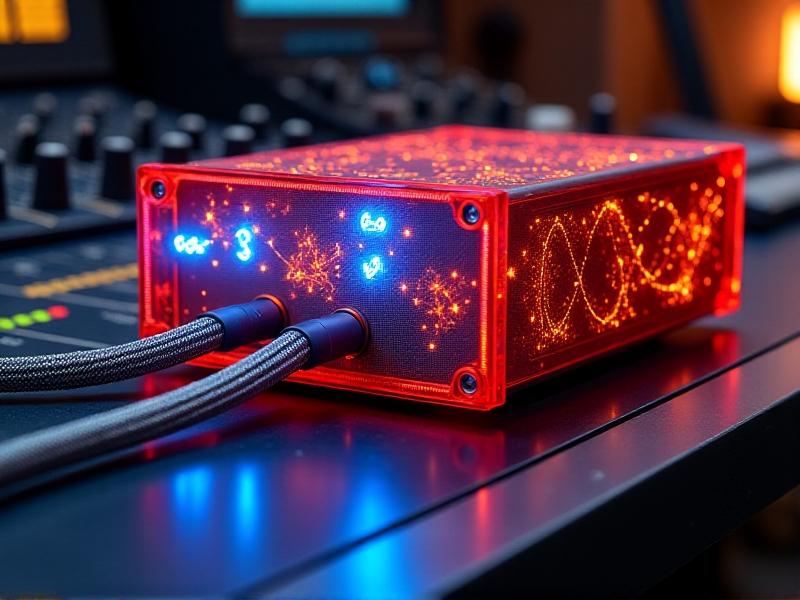
Balanced Audio Connections: Your First Line of Defense
XLR and TRS cables reject noise through differential signaling. Each balanced connection carries the signal through two mirrored conductors (hot and cold) plus a ground. External interference affects both conductors equally, which the receiving equipment cancels out. Convert unbalanced RCA or TS connections to balanced lines using impedance-matching adapters. For best results: Keep cable runs under 20 feet, avoid parallel runs with power cables, and use star-quad cable in high-interference environments.
Power Conditioning and Strategic Ground Lifting
Voltage irregularities exacerbate ground loop issues. Install an AC power conditioner with isolated outlets for sensitive audio gear. For stubborn hum, use a ground lift adapter on non-essential equipment – but never remove safety grounds from devices with metal chassis! Some power strips feature isolated banks specifically for AV equipment. Advanced solutions include installing a technical ground system using copper rods, though this requires professional installation to meet electrical codes.
Digital Solutions for Analog Problems
Modern digital signal processors (DSPs) like the Behringer HD HUM Destroyer use sophisticated algorithms to detect and eliminate 50/60Hz hum without affecting audio quality. These are particularly effective in permanent installations where physical rewiring isn't practical. For video systems, HDMI optical extenders provide complete galvanic isolation. Note: While DSPs mask symptoms, they don't cure underlying grounding issues – use them as a last resort after implementing proper grounding techniques.
Proactive Ground Loop Prevention Strategies
Plan new installations with grounding in mind. Use a single AC circuit for all audio equipment, and specify star-quad microphone cables for live sound applications. Install copper grounding plates under equipment racks in permanent installations. For home studios: Dedicate a breaker solely to audio equipment, use three-prong cables exclusively, and bond all metal racks to a common ground point. Document all ground connections – future technicians will thank you!
When to Call Professional Electricians
If DIY solutions fail, consult a licensed electrician familiar with audio installations. Warning signs include voltage readings above 1V between equipment, frequent circuit breaker trips, or shocks from gear. Professionals can install isolated ground (IG) receptacles, balance transformer systems, or ground fault correction modules. Studio complexes may require ground potential equalization between buildings – a job for high-voltage specialists. Remember: Electrical safety always trumps audio quality concerns.
